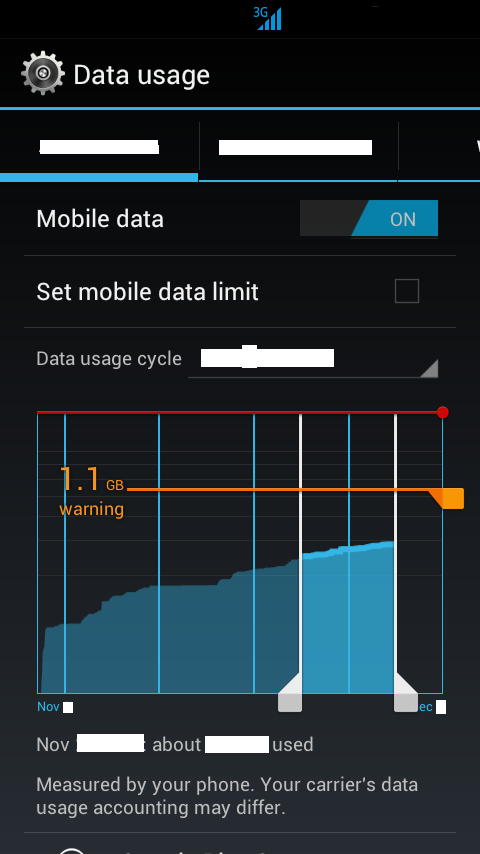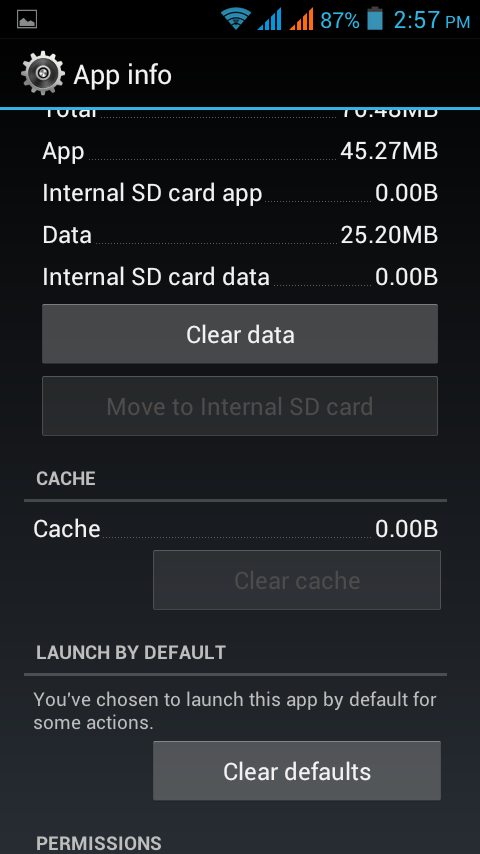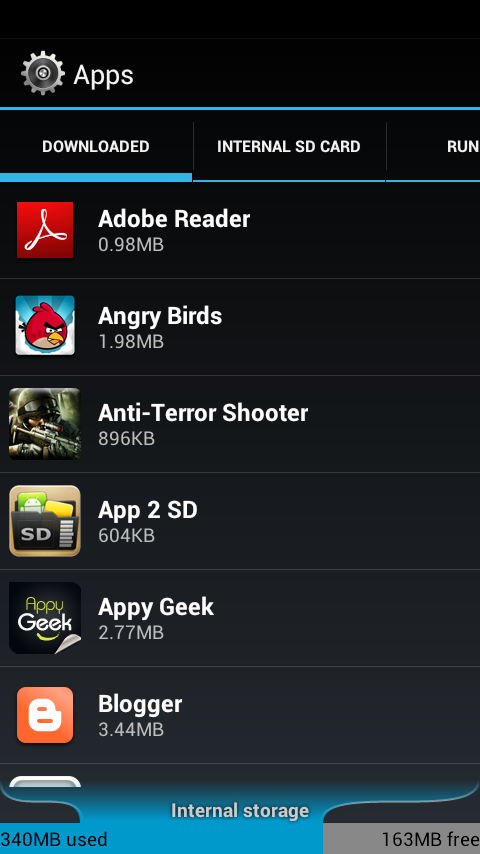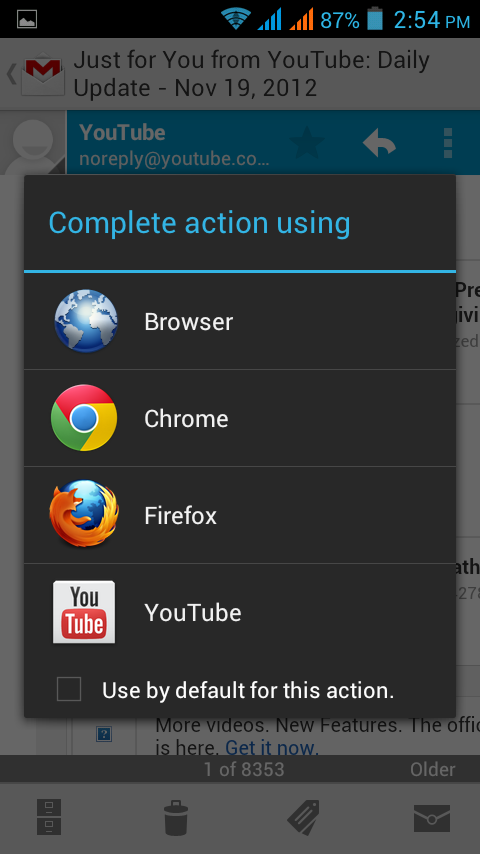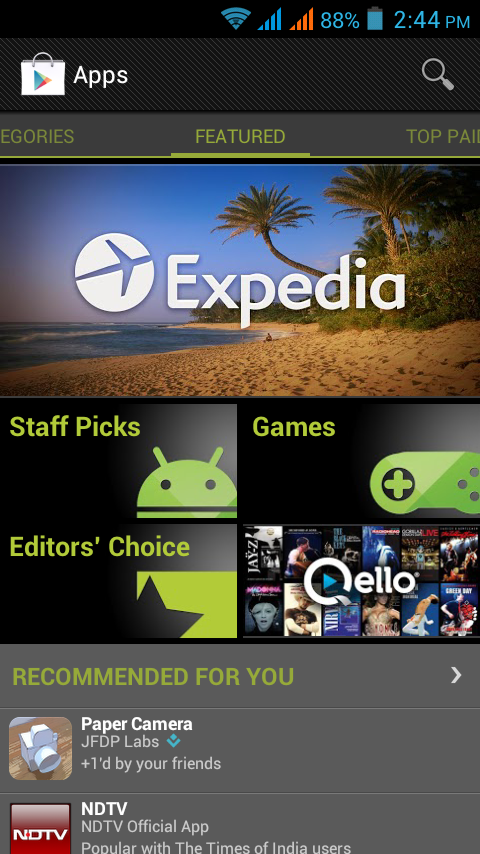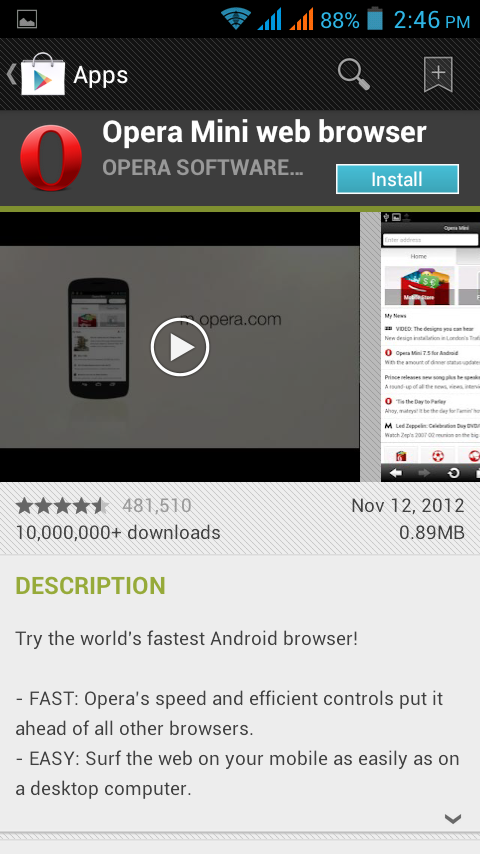There is a time when we buy an Android phone and suddenly
find ourselves searching ways to copy old phonebook contacts to new phone. Some
manufacturers provide with PC suits which can assist in doing it however
several others don’t. So for all those who don’t have PC suits and are using
Android in its original form here are some ways to transfer contacts.
I am illustrating with example of Nokia to Android. These
procedures may also work in similar way for other platforms as well.
Additionally, if you are opting to Sync using CSV/Outlook, you
need to have your phone connected to Internet using either Wifi or 3G or EDGE.
It will be needed on the last step of syncing contacts from Gmail to Phone. I
would advise you to use WiFi for it. Other options like 3G/EDGE will involve operator
costs that will be charged to your SIM based on your plan.
Android Ice Cream Sandwich (ICS) & Gingerbread
Copy old contacts on SIM card and transfer on new Android.
Copy contacts on sim card from old phone by using appropriate options mentioned
in its manual. For example, on Nokia Symbian v5.0 (Nokia 5800) it can be done
as show below.
1) Goto
Contacts and select Options.
2) Select
Mark/Unmark option and then select Mark All.
3) Again
select Options and then select Copy.
4) A dialog
will appear asking if you want to copy the contacts to SIM, Select OK and wait
for them to be copied over to SIM.
After successful copy, switch off the old phone and
take out the SIM from old phone and insert it in new Android.
Switch on the Android phone and:
 On ICS
On ICS
- Open contacts from home page.
- Goto Settings by pressing settings button on bottom
left corner either on device or on screen as shown.
- Goto Import/Export->Scroll down and select appropriate
SIM.
- Follow on-screen instructions to complete the process
- See below images for visual hints.
 On GingerBread
On GingerBread
- Open
contacts from home page.
- Goto
Settings by pressing settings button on bottom left corner either on device or
on screen as shown.
- Goto
Import/Export->Import from SIM card to Phone.
- Follow on
screen instructions.
- See below images for hints.
Sync contacts with Outlook and upload to Gmail account.
By reading the title it’s obvious
that you would need Outlook/Windows Contacts, Gmail accounts and old phone PC
suite set up.
If you haven't yet linked your Google (Gmail) account with your Android phone click here to do so.
I will be illustrating it using Nokia PC suite (v3.2.100) and Outlook 2010 but
it will hold true for other platforms as well.
The process involves three steps.
- Using PC suite to transfer contacts to Outlook/Windows
- Using Outlook/Windows Contacts to export to .CSV
- Exporting .CSV to your Gmail contacts.
Using PC suite to transfer contacts
to Outlook/Windows Contacts
1) Connect the
old phone to PC using USB/Bluetooth.
2) Find the option
to sync the phone contacts to PC. Nokia PC suit automatically does that.
3) Find the
option to export the contacts to .CSV. If that is supported out of box you won’t
need Outlook and directly skip to Exporting CSV to Gmail. Nokia PC suit doesn’t
allow exporting contacts to .CSV.
4) Find an
option to sync your contacts from PC suit to Outlook/Windows contact. Nokia PC
Suit helps doing it using Sync->Sync Option and then Sync Now options. See
screen shots below.
Using Outlook/Windows Contacts to
export to .CSV
1) After above
steps the contacts will automatically appear in Outlook. See Contacts tab of
Outlook.
2) Export the
contacts from Outlook to CSV format. Outlook 2010 allows doing that as follows.
·
Goto File->Options to bring up options screen.
·
Click on Advanced tabs on left hand side tab strip.
·
Click on Export button to bring up the Export dialog
box.
·
Click on Export to File option.
·
Select Comma Separated Values (CSV)
·
Follow on screen instructions to save the file which
will later be uploaded to Gmail contacts.
Exporting .CSV to your Gmail
contacts
1. Sign in to
Gmail.
2. Click Gmail
at the top-left corner of your Gmail page, then choose Contacts.
3. From the
More actions dropdown menu, select Import....
4. Click the
Choose File button.
After this wait for Gmail to sync your contacts to your
phone. It may be faster on WiFi and 3G networks and slowest on EDGE.
